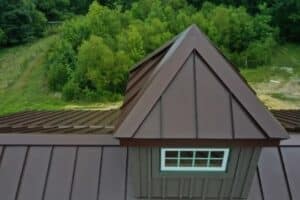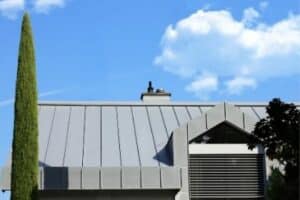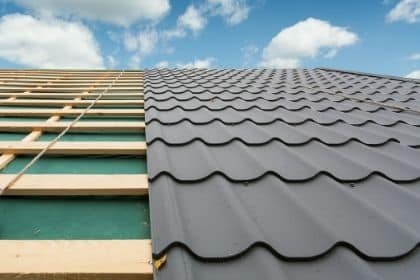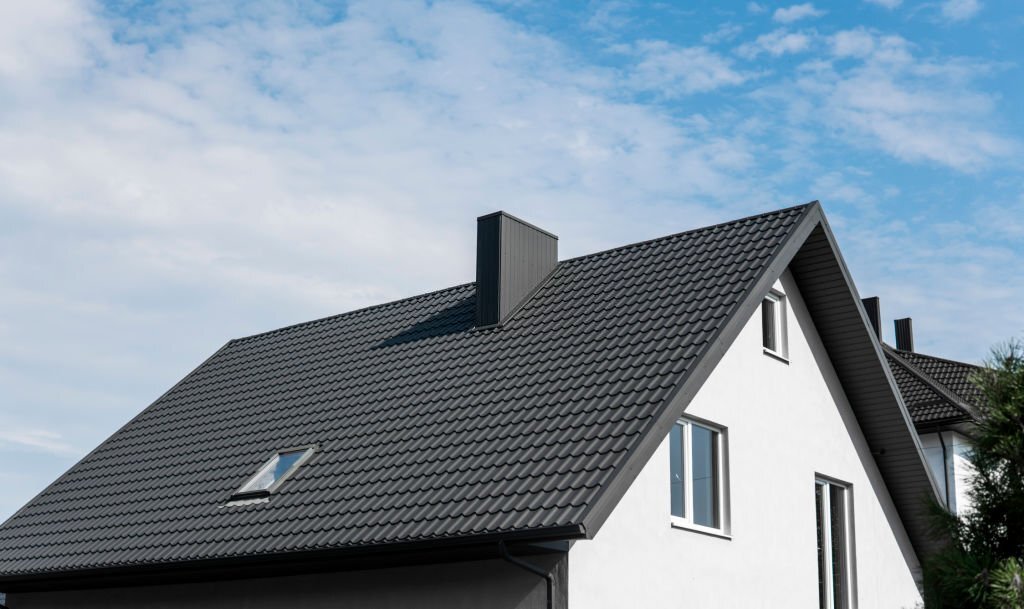Because metal roofing can last for so long, many people are eager to install the material on their homes or businesses. But it is important to remember that every material requires a certain level of maintenance. A metal roof requires that you perform regular inspections and cleanings to ensure that the material stays strong and lasts as long as possible.
When metal roofs are installed incorrectly, they lose a great deal of the durability that makes them so valuable. And regardless of where you live, errors can happen during an installation. Here are some common mistakes you need to avoid and why it is so important for you to hire a professional roofing contractor who knows enough about metal roofing installation.
Not Overlapping Your Panels Enough

While overlapping panels might seem like just an extra step in the process, it is actually one of the most vital parts of the job. Overlapping the panels will ensure a more watertight seal, helping you avoid replacing your metal roof in just a few years due to leaks. Remember to overlap your metal roofing panels at a minimum of 2 inches to get that leakproof seal.
As to how much overlap is required, it varies depending on the type of metal roofing you have chosen as well as how steep the slope of your roof is. So, be sure to work with a professional metal roofing installation service to get it right so you’re not finding leaks a few months down the road.
Not Flashing Properly

Flashing may seem simple, but installers can sometimes not get the spacing right or not fully covering the surface area, which might increase your metal roofing maintenance. In fact, flaws in the flashing, such as air bubbles, wrinkles, and chipping paint can also allow moisture to enter an attic, which may result in costly metal roofing repairs including mold, wood rot, and discoloration due to staining.
So, your roofer should be able to determine where flashings are needed, purchase the correct materials, and properly install them before winding up. Safe to say, an untrained installer can be a recipe for shoddy work that leads to leaks in your home and eventually rusting from the inside out. So, beware!
Failing to Buy the Right Supplies for Metal Roofing Installation

To make shopping easier for you, make sure your list of roofing supplies includes sealant tape, pipe flashing, metal roofing panels, trim and flashing, moisture-protective underlayment, foam closures, and fasteners. Another thing that most people forget about is safety equipment. You are going to need safety glasses, gloves as well as breathing equipment such as a dust mask or respirator. For additional safety, you might want to invest in a harness that will prevent you from experiencing injuries in case of an accident.
If all of this sounds like an investment, it is. Professional roofers are highly valuable because they already have all of the correct equipment and safety supplies to complete the job without worry.
Not Consulting Your Insurance Company Before Installing a Metal Roof

But many insurance companies still don’t offer coverage for metal roofing in certain plans. And if they do, you are required to meet extremely specific terms and conditions to be eligible. For instance, some insurance companies need your metal roofing to be brand new and not be installed over the old shingles for you to benefit from your policy.
That said, not all insurance companies have the same requirements. And since knowing what’s acceptable and what isn’t can be tricky, make sure your insurance provider covers metal roofing.
Using Too Much Sealant

Caulk is intended to seal seams between panels and protect the outside of an installation against pinhole leaks. But some roofers tend to cut short the installation process by using excess sealant, which isn’t the best way to secure your metal roofing.
For instance, after five years or more, the sealant can deteriorate and you would have to replace it with a fresh layer. But since your roofer may not inform you about this, you may end up with water leaks through your roofing panels, which can eventually cause the roof to rot from the inside. So, remember to use the right amount of sealant that is flexible enough to expand with your metal roofing without breaking.



